 |
|
||||||
 |
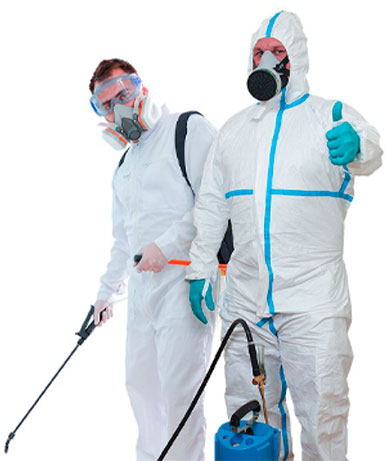 |
 |
 |
 |
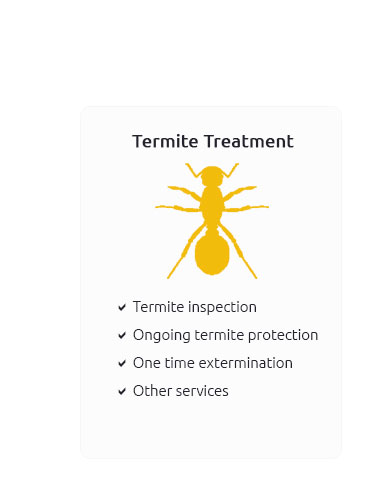 |
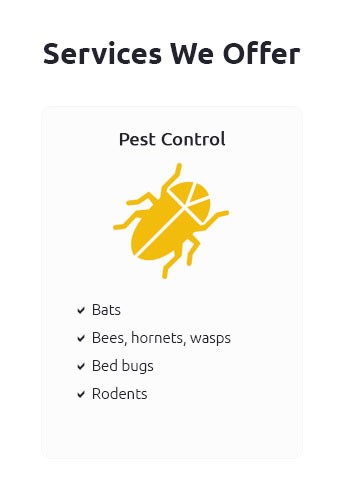 |
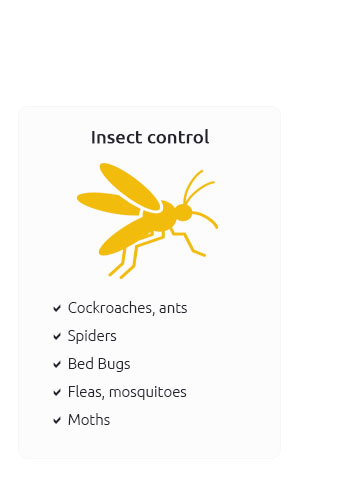 |
 |
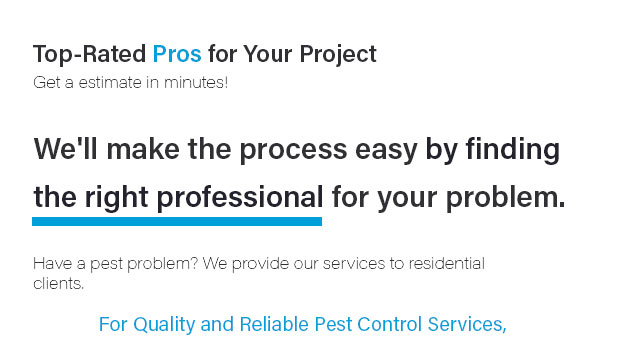 |
 |
 |
 |
|
Transform your outdoor spaces into a flea-free sanctuary with our unrivaled pest control service, where we tackle your yard's flea infestations head-on, blending cutting-edge techniques with eco-friendly solutions to ensure a safe haven for your family and pets; experience the unmatched expertise of our dedicated team as they meticulously craft a personalized treatment plan that not only eradicates fleas but also fortifies your yard against future invasions, all while providing you with the peace of mind you deserve, because when it comes to pest control, we don't just promise results, we deliver a revolution in outdoor living.
https://diypestcontrol.com/crawling-insects/flea-control-products/recommended-flea-control-products/kill-fleas-outdoors?srsltid=AfmBOorFmxFnYdL95iZs4FZThlOjGEz6NbpYwCNnsRg2chn9Z_CAiYPC
Exterminator Recommendations - Killing Fleas Outdoors. Prevention / Cure Existing Infestations: Bifen IT spray or Bifen LP granules depending on your ... https://www.wondercide.com/products/natural-outdoor-flea-tick-control-for-yard-garden?srsltid=AfmBOooyF5k_zAvv1lmVLEy7rmGNCbNYSvSD_89zQwokxud3G5WonqQl
Wondercide Flea & Tick Concentrates can be used in a few types of applicators. Use 8-10 oz and water in a pre-mix hose-end sprayer. It can also be used in a ... https://www.homedepot.com/p/Black-Flag-Flea-and-Tick-Killer-32-oz-Concentrate-Yard-Ready-to-Spray-HG-11108-2/301694302
Black Flag Flea and Tick Yard Spray Ready to Spray Concentrate kills fleas, ticks, mosquitoes, ants and crickets. Ideal for home or patio.
|



